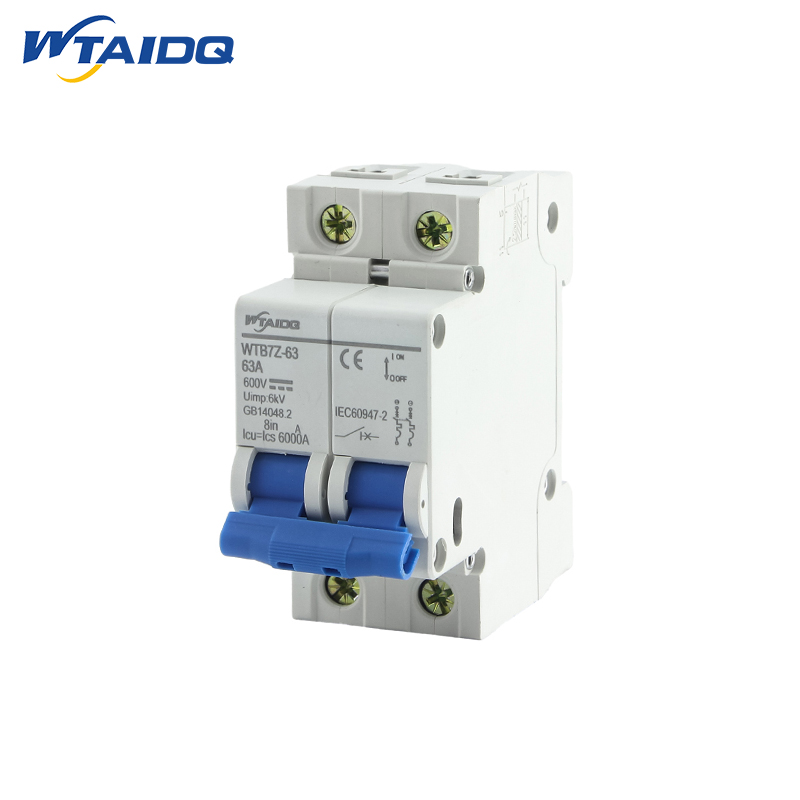There are a few key principles to keep in mind when choosing the right low voltage circuit breaker for your electrical system. Understanding these principles is critical to ensuring the safety and efficiency of electrical infrastructure. In this blog, we will explore the main principles of low voltage circuit breaker selection and provide valuable insights for making informed decisions.
- Understand the application requirements:
The first principle in low voltage circuit breaker selection is a thorough understanding of the specific application requirements. This includes consideration of the type of electrical load, fault current levels, and the environmental conditions in which the circuit breaker operates. By understanding these factors, you can determine the appropriate voltage and current ratings, as well as the required breaking capacity of the circuit breaker. - Comply with standards and regulations:
Another important principle is to ensure that the selected low voltage circuit breaker complies with relevant industry standards and regulations. These include standards such as IEC 60947 and UL 489, which define performance and safety requirements for circuit breakers. Compliance with these standards is critical to ensuring the reliability and safety of electrical systems. - Selective coordination:
Selective coordination is a key principle in low-voltage circuit breaker selection, especially in systems where multiple circuit breakers are installed in series. Selective coordination ensures that only the circuit breakers closest to the fault are operated, allowing targeted fault isolation and minimizing the impact on the rest of the electrical system. When selecting a circuit breaker, it is important to consider its mating capabilities to achieve selective mating. - Consider arc flash hazards:
Arc flash hazards pose significant risks to electrical systems, and choosing the right low voltage circuit breaker can help mitigate these hazards. Circuit breakers with arc flash mitigation features, such as arc-resistant designs and instantaneous trip settings, can help reduce the likelihood of an arc flash incident. Considering arc flash hazards is an important principle in ensuring the safety of personnel and equipment. - Maintenance and reliability:
Maintenance and reliability principles involve selecting circuit breakers that are easy to maintain and have high reliability. This includes considering factors such as the availability of spare parts, the ease of maintenance procedures, and the historical performance of the circuit breaker. By prioritizing maintenance and reliability, you can minimize downtime and ensure long-term performance of your electrical system.
In summary, the main principles for low voltage circuit breaker selection revolve around understanding application requirements, compliance with standards, selective coordination, arc flash mitigation, and maintenance and reliability. By adhering to these principles, you can make informed decisions when selecting circuit breakers for your electrical system, ultimately ensuring safety, efficiency, and reliability.

Post time: May-06-2024